The relatively rapid ascension of AI companies selling into the U.S. public sector, including Palantir, Shield AI, and Anduril speaks to a new reality. This isn’t to say that Palantir is new to the market – they’ve been around for two decades – but its brand awareness has been turbocharged by a number of factors the past several months.
The new Administration and the transitioning generation of contract vehicle decision makers are no longer flocking to the biggest names by default. They are looking for AI providers able to prove they can deliver, innovate with impact, and support the mission.
For AI startups and fast-growth firms, this represents a unique but not indefinite opportunity to accelerate growth for their public sector business.
With greater opportunity comes greater competition. The GenAI boom has created both excitement and skepticism across government sectors. Agencies are inundated with promises from AI vendors to deliver disruptive transformation, which risks diluting brand credibility for the entire segment. In this noisy environment, startups must not only be credible, but also visible and clearly differentiated to avoid being lost in the shuffle.
A deliberate PR strategy—sequenced around real validation milestones—can shorten that credibility curve and help a young AI brand rise above the noise from RFI to award.
To examine how a newer AI entrant can establish bona fides with a government audience, we’ll look at recent outcomes from Bluetext’s PR process, share a successful B2G Gen AI client project, and take-aways any GenAI startup can adopt.
Bridging the Credibility Gap Facing AI Startups
Federal decision-makers are skeptical of inflated AI claims, and amid a flood of new entrants and overhyped promises, it’s harder than ever for startups to stand out. The market is saturated not just with vendors, but with overlapping technologies that make it difficult for evaluators to separate truly differentiated capabilities from generic buzzwords.
As a result, agencies often default to vendors that can show IL4/IL5 or FedRAMP High status right out of the gate—objective signs of readiness that cut through the noise.
Multi-stakeholder buying units (CIO, CISO, PMO, end-user lead) create a “trust bottleneck”—one skeptic can stall an entire procurement.
Lengthy accreditation timelines mean younger firms often hit cash-flow turbulence before their first task order, making continuity risk a hidden evaluation factor.
So how does a new AI vendor shift from unknown to trusted? The answer lies in a deliberate communications strategy that builds visibility and credibility at every stage of the government buyer journey. One example of this approach in action is Bluetext’s work with a Gen AI startup that was less than two years old at time of engagement: Ask Sage.

Bluetext’s Approach to Breaking Through and Earning Trust
Ask Sage was still new in the market—even with a well-known founder—so the team needed visibility in trusted defense-tech outlets to open doors with contracting officers and integrators.
Striking a balance between one major announcement and a scattershot approach, Bluetext mapped out a rolling sequence of milestones—each one referencing the credibility earned from the last—and calendared outreach in 4- to 6-week increments so momentum never stalled. This deliberate drumbeat keeps earlier wins in view while layering fresh proof points, steadily deepening trust with agency evaluators.
Key Milestones:
- DoD IL5 Authorization – Became the first generative-AI platform to reach IL5, paving the way for secure adoption across the Department of Defense and its industrial base.
- U.S. Army cARMY Deployment – Announced the Army’s initial rollout of the startup’s solution on the cARMY cloud, highlighting accelerated software, acquisition, and cyber workflows at IL5.
- Series A Funding – Bluetext supported a Series A raise that underscored market confidence and enabled product expansion for public-sector customers.
Media Coverage Highlights: DefenseScoop, Federal News Network, AFCEA Signal, Breaking Defense, Defense News, and FedWeek covered the technical milestones, while Washington Business Journal, WSJ Pro VC, Fortune Term Sheet, and Potomac Tech Wire reported on the funding news.
Consistent trade-press visibility around each milestone gradually strengthened credibility with agency stakeholders and partners, positioning the startup for continued pipeline growth.
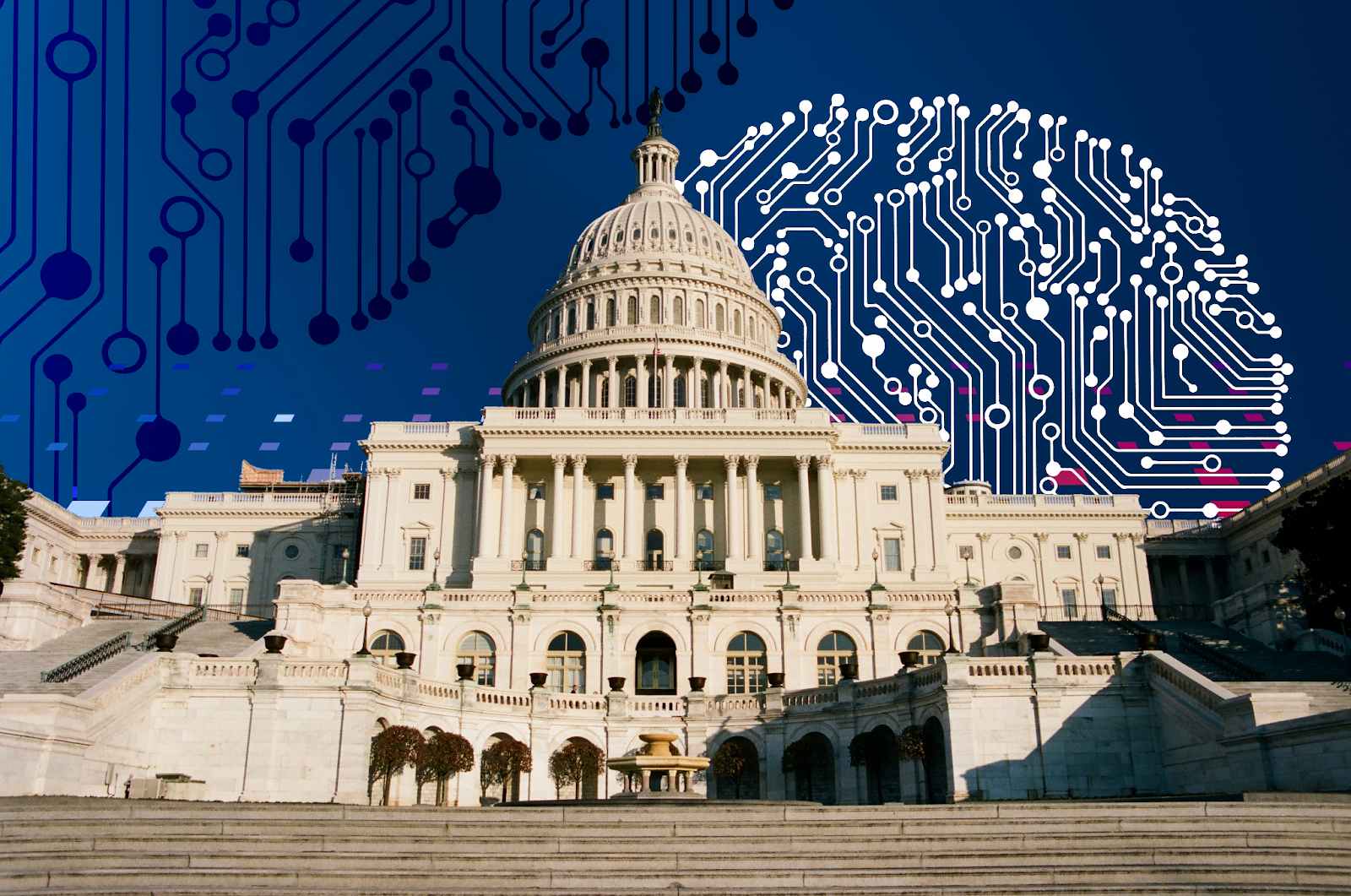
Actionable Tactics AI Startups Can Apply Today
- Build a “Trust Timeline” deck that aligns accreditation goals with key events — moments likely to drive spikes in media attention, such as budget hearings or major conferences. Share this timeline internally across teams to keep messaging aligned and timed for maximum exposure. This helps ensure that every milestone is leveraged at the moment when government buyers are most attuned to new solutions.
- Pair press releases with thought leadership pieces that contextualize why the milestone matters for agency outcomes. By coupling news with perspective, startups can add a human voice to their achievements and explain the downstream impact on mission execution. This anticipates stakeholder concerns and builds narrative continuity from one announcement to the next.
- Share milestone collateral with reseller and integrator partners so they can amplify your story in their updates and proposal volumes. While the integrator role is evolving post-DOGE, they still play a key role in shaping how new tech is perceived by agencies, and aligned messaging helps reinforce your credibility through their trusted channels. This tactic turns partners into amplifiers, extending your visibility even in closed-door evaluation environments.
- Track Share of Voice quarterly against three closest primes, and use gaps to inform the next proof-point you must surface. Understanding where your voice is absent—whether in key outlets, industry narratives, or buyer conversations—helps prioritize the next move. Strategic PR fills those whitespace opportunities with proof that counters doubt and strengthens your brand’s position.
Government stakeholders scrutinize AI vendors more closely than ever, so verified accreditations and real-world results carry far more weight than bold promises. Sequence key proof points and deliver them through the outlets your buyers trust, and you can position your startup on the shortlist well before an RFP is released.
Ready to map your own milestone-driven communications plan? Contact Bluetext to get started.
Rebranding isn’t just about a fresh logo or a catchy new name—it’s about rewriting your story for the audiences who matter most. For businesses that count the government as a key customer base —whether federal, state, or local—a rebrand presents a unique opportunity to sharpen perception, highlight mission alignment, and reinforce credibility. But if you’re not strategically managing the public conversation and weaving PR strategy into the rebrand on the front end, even the best rebrand can go unnoticed or misunderstood. That’s where a well-timed public relations strategy makes all the difference.
At Bluetext, we approach B2G rebranding as a comprehensive effort, where PR is just one part of a much larger, integrated strategy. From brand architecture and messaging to creative execution, stakeholder engagement, and go-to-market planning, we help organizations build brands that resonate with the audiences that matter most. B2G PR amplifies that effort externally, telling the right story in the right places—with credibility, clarity, and purpose.
1. Internal Alignment Comes First
A successful B2G rebrand begins long before it reaches the public eye – it starts within your organization. Too often, brands rush to unveil a new identity externally without ensuring the people who represent the brand every day understand it, believe in it, and can articulate it with confidence. This is especially important in the B2G space, where contracts are won and lost on credibility, consistency, and trust.
Your employees are your first—and often most influential—brand ambassadors. If your team can’t clearly express what the rebrand means and why it matters, neither will the program officers, contracting leads, or agency buyers they interact with. Aligning internally sets the tone for every customer interaction, proposal, and pitch that follows.
Here’s how to make sure your rebrand starts strong from the inside out:
- Equip teams with messaging toolkits, elevator pitches, and FAQs so they can speak with clarity and consistency across functions. Whether they’re in sales, capture, customer service, or delivery, they should all be telling the same brand story.
- Host internal town halls or team sessions to explain the rebrand’s purpose and preview rollout plans. These aren’t just informational—they’re opportunities to build buy-in and enthusiasm from within.
- Position your workforce as your strongest brand ambassadors, especially when engaging with government customers who value institutional knowledge and continuity. The more confident your team is in the brand, the more credibility you’ll earn externally.

2. Rebrand Must Align To Outcome-Based Environment
B2G brands can’t chase every shift in the wind when it comes to what government buyers are looking for. That said, the Department of the Government Executive (DOGE) and Administration priorities have ushered in a significant and tangible sea change that requires brands to adapt key messages and market positioning.
Yes, digital transformation, cyber security, AI, and other capability areas still matter, but it has become less about “what you do” and more about “show me the impact of what you’ve done and what you can do.” This means messaging tied to outcomes, efficiencies, transparency, and provable innovation to demonstrate your brand recognizes the evolving priorities of the agencies you serve.
- Messaging should be value-driven, not vanity-driven. Make your story about how you help agencies meet their missions—faster, smarter, and more efficiently.
- Acknowledge recent reforms like DOGE’s emphasis on transparency, digitization, and responsible vendor engagement. Demonstrating awareness of these priorities positions your brand as forward-looking and informed.
- Treat the rebrand as a proof point of alignment, not just aesthetics. Buyers want to see operational benefits and relevance, not just polished creative.
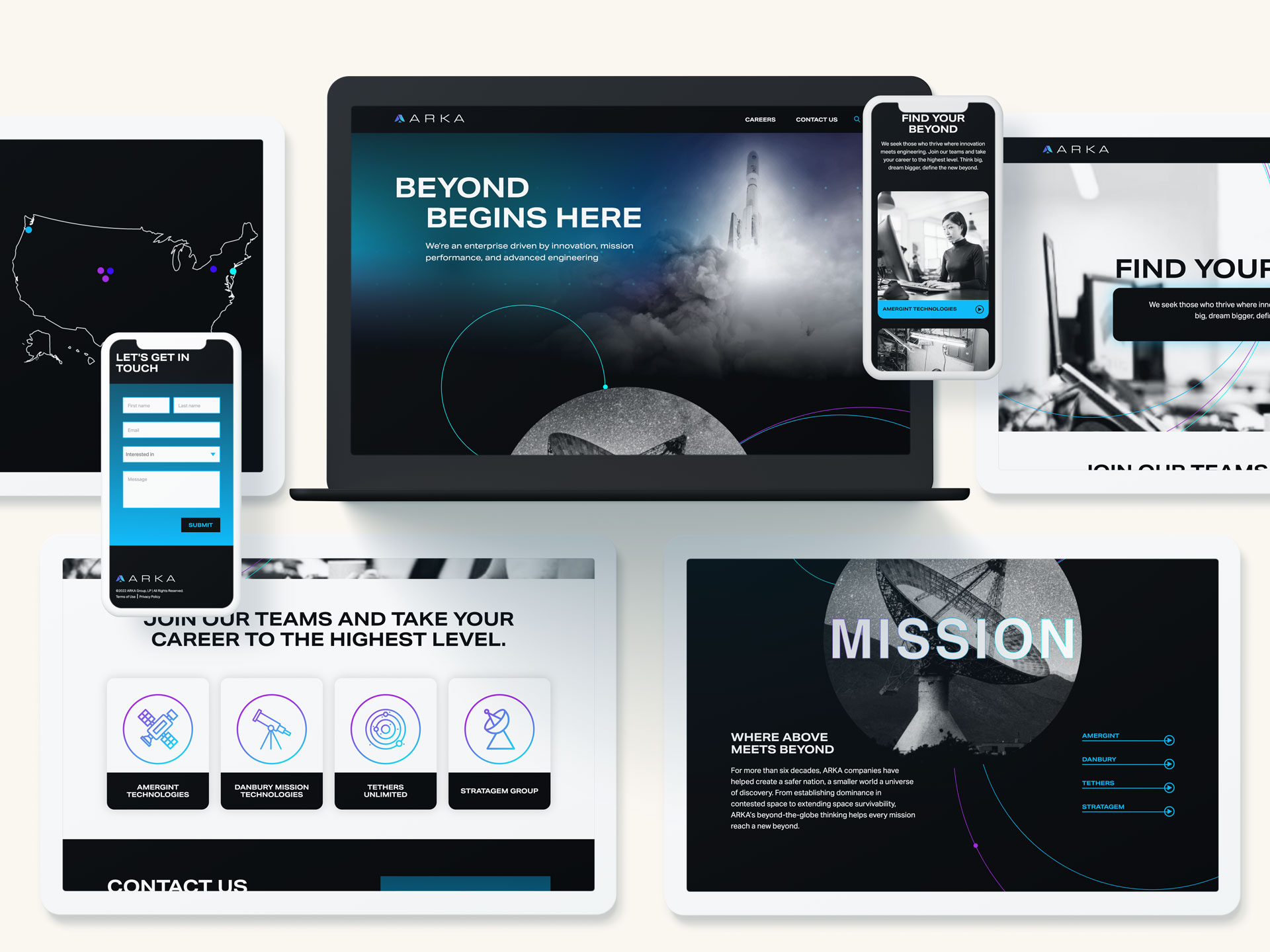
3. Building Strategic Narrative Anchors
Maximizing a rebrand requires building a compelling, coherent brand story to support the new visual and messaging elements. For B2G companies, that story must be grounded in the missions that matter to your government customers. Strategic messaging is what transforms a brand from a vendor into a true partner.
This narrative should be more than marketing. It’s a positioning tool that connects your solutions to the public priorities of the agencies you serve—from modernizing infrastructure to protecting critical systems. Without this anchor, your rebrand may look good but feel hollow.
- Tie your messaging to agency macro themes like resilience, service delivery, modernization, or public trust.
- Use the rebrand as an opportunity to reposition your company as a mission-aligned partner, not just a technical provider.
- Support your story with real-world proof points. Whether it’s case studies, data, or testimonials, you need more than words to back up your claims.
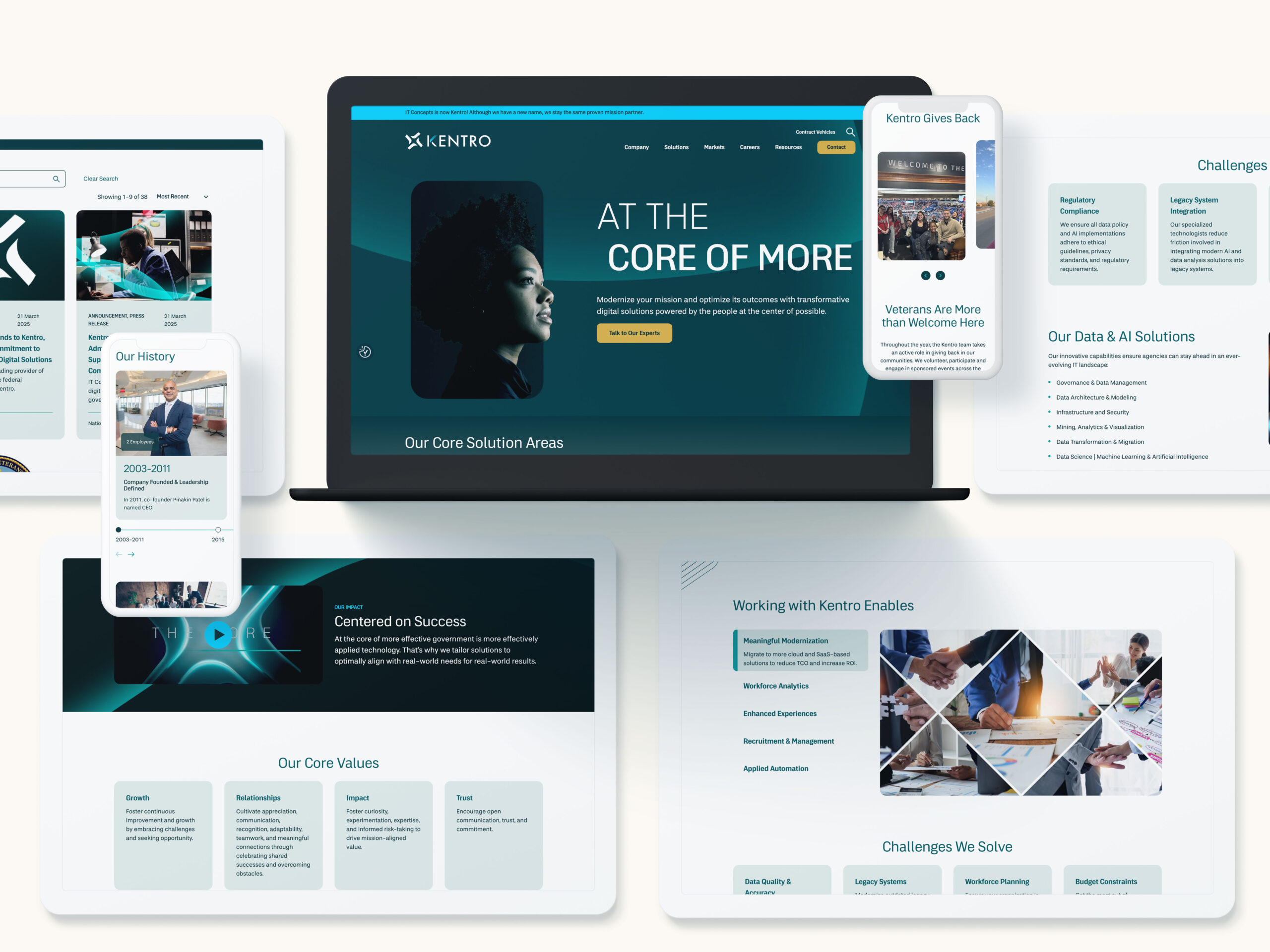
4. Thought Leadership That Builds Trust
Thought leadership is a powerful way to bridge the gap between a refreshed identity and long-term credibility. In the B2G space, where contract cycles are long, risk tolerance is low, and relationships drive revenue, becoming a trusted voice can mean the difference between being considered or completely overlooked.
But authentic thought leadership isn’t about self-promotion. It’s about publishing content that adds value to ongoing government conversations—showing that you understand their challenges and have real insights to offer. A rebrand can serve as a perfect catalyst to reposition your organization as a forward-thinking leader.
- Lead with value, not self-congratulation. Offer practical insights, guidance, and takeaways relevant to agency challenges.
- Use op-eds, white papers, and webinars to establish credibility and invite dialogue with decision-makers.
- Make your rebrand the starting point for deeper, more strategic conversations, not the end goal.
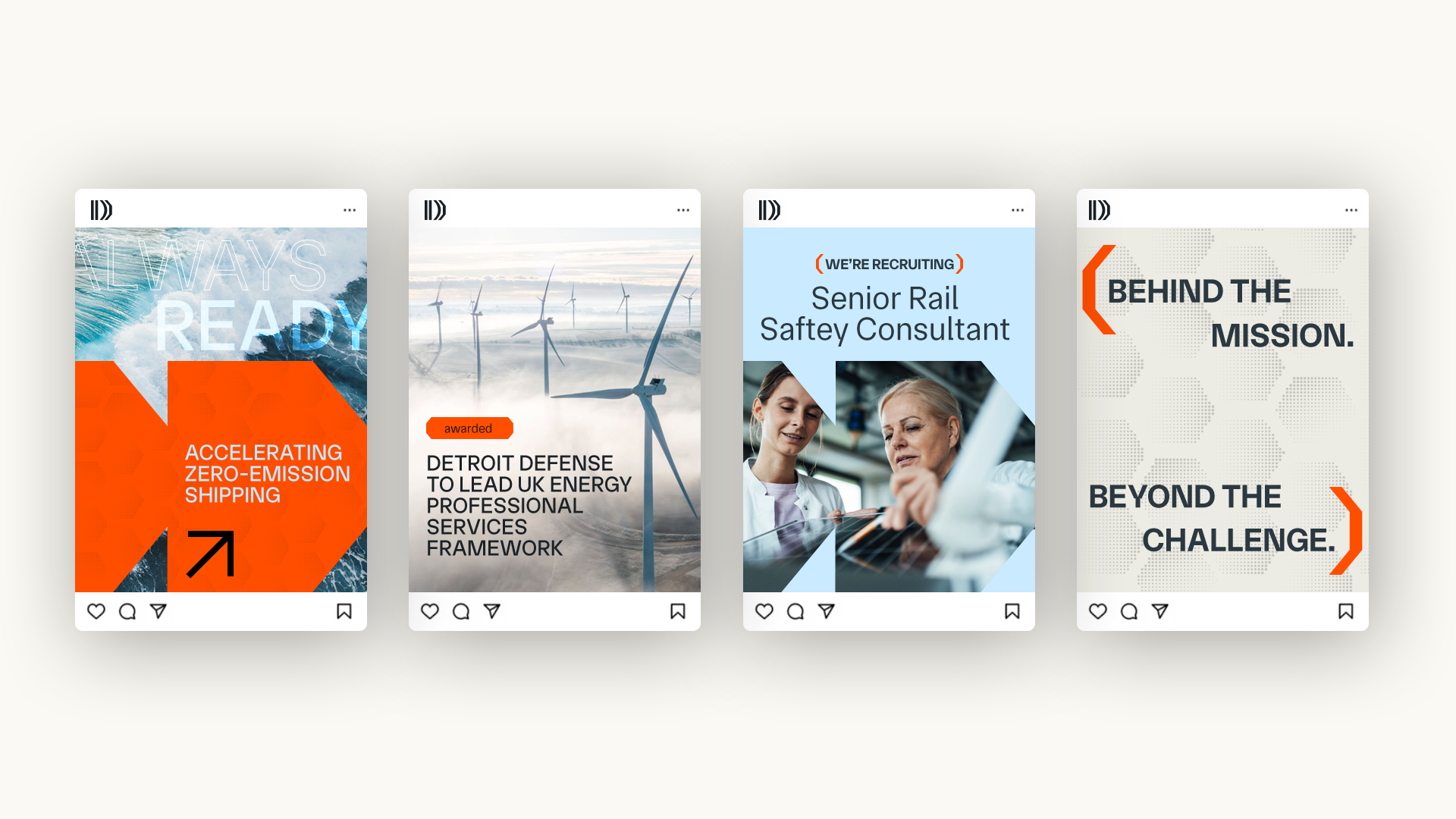
5. Media Strategy: Quality Over Quantity
In government communications, it’s not about being everywhere—it’s about being in the right places. The ecosystem of reporters, editors, and publications that shape public sector narratives is small, well-informed, and highly influential. If you want your rebrand to land, it needs to show up where the right people are paying attention.
A high-impact media strategy doesn’t chase flashy headlines—it targets relevant, trusted outlets with tailored messaging that matches the publication’s tone, audience, and purpose. That’s how you move the needle with government buyers and influencers.
- Focus on specialized outlets like Federal News Network, Defense News, GCN, and GovExec, where key agency stakeholders actually read and engage. If your rebrand is elevating DoD, S&L, or NatSec, ensure top outlets for those market decision makers are prioritized.
- Adopt a tiered media strategy to match your messaging and storylines to the needs of each publication and its readers.
- Cultivate media relationships proactively. Familiarity and access go a long way in the B2G press world—invest time before you need the coverage.
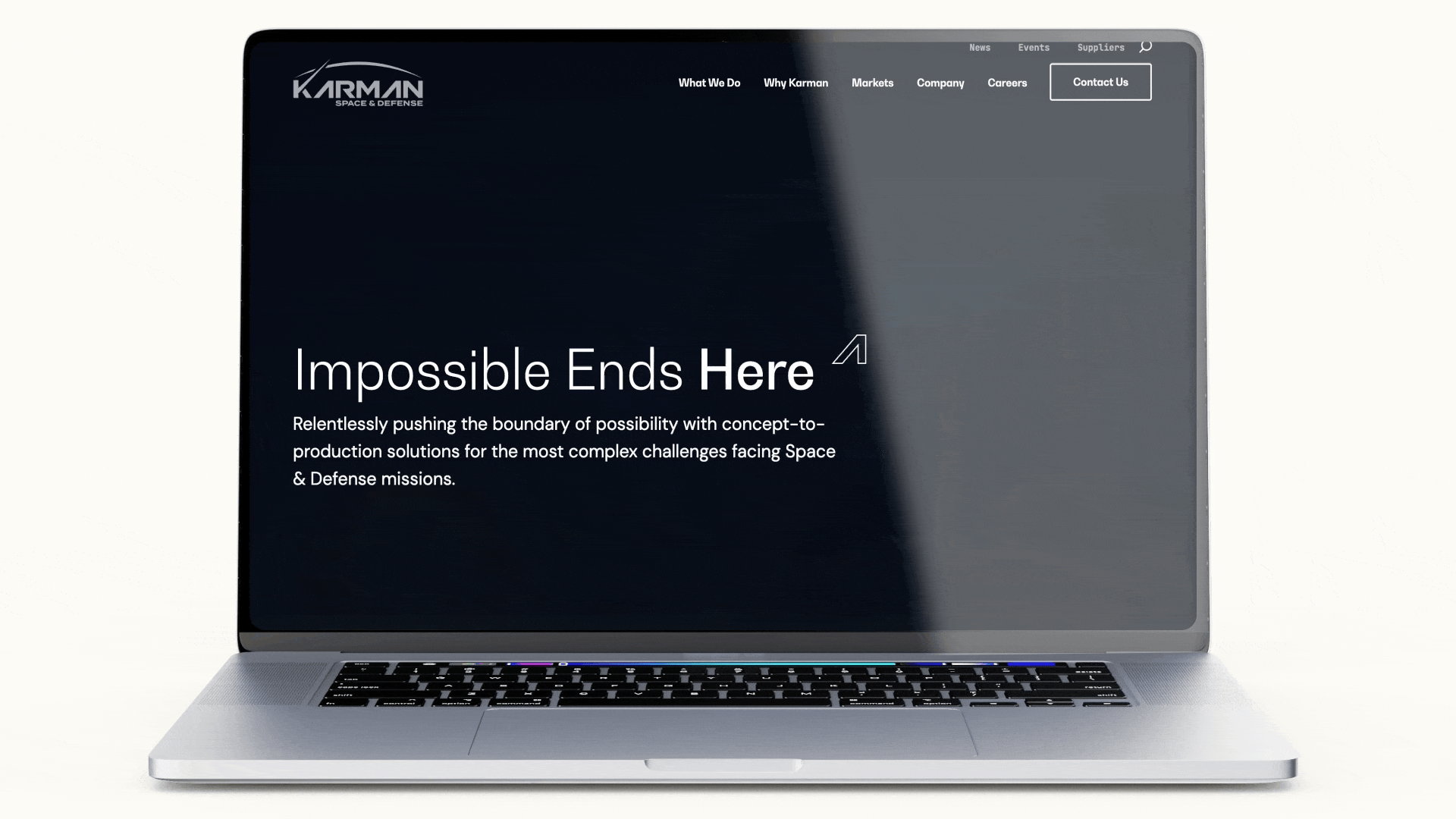
6. Timing is Everything
Even the best B2G brand story can fall flat if it’s delivered at the wrong time. In public sector markets, timing isn’t just about media cycles—it’s about fiscal calendars, procurement schedules, regulatory cycles, and the rhythm of government business.
Rolling out a rebrand at the wrong moment can mean losing attention—or worse, looking tone-deaf. Understanding the ebbs and flows of your agency customers’ world is essential to getting your message heard.
- Align your rebrand with government planning cycles, such as Q1 budget allocations, spring RFPs, or strategic planning windows.
- Avoid periods of political volatility or legislative distraction that may drown out your news.
- Think seasonally. Fall may be right for modernization campaigns, while spring might better serve fiscal-year planning or workforce engagement efforts.
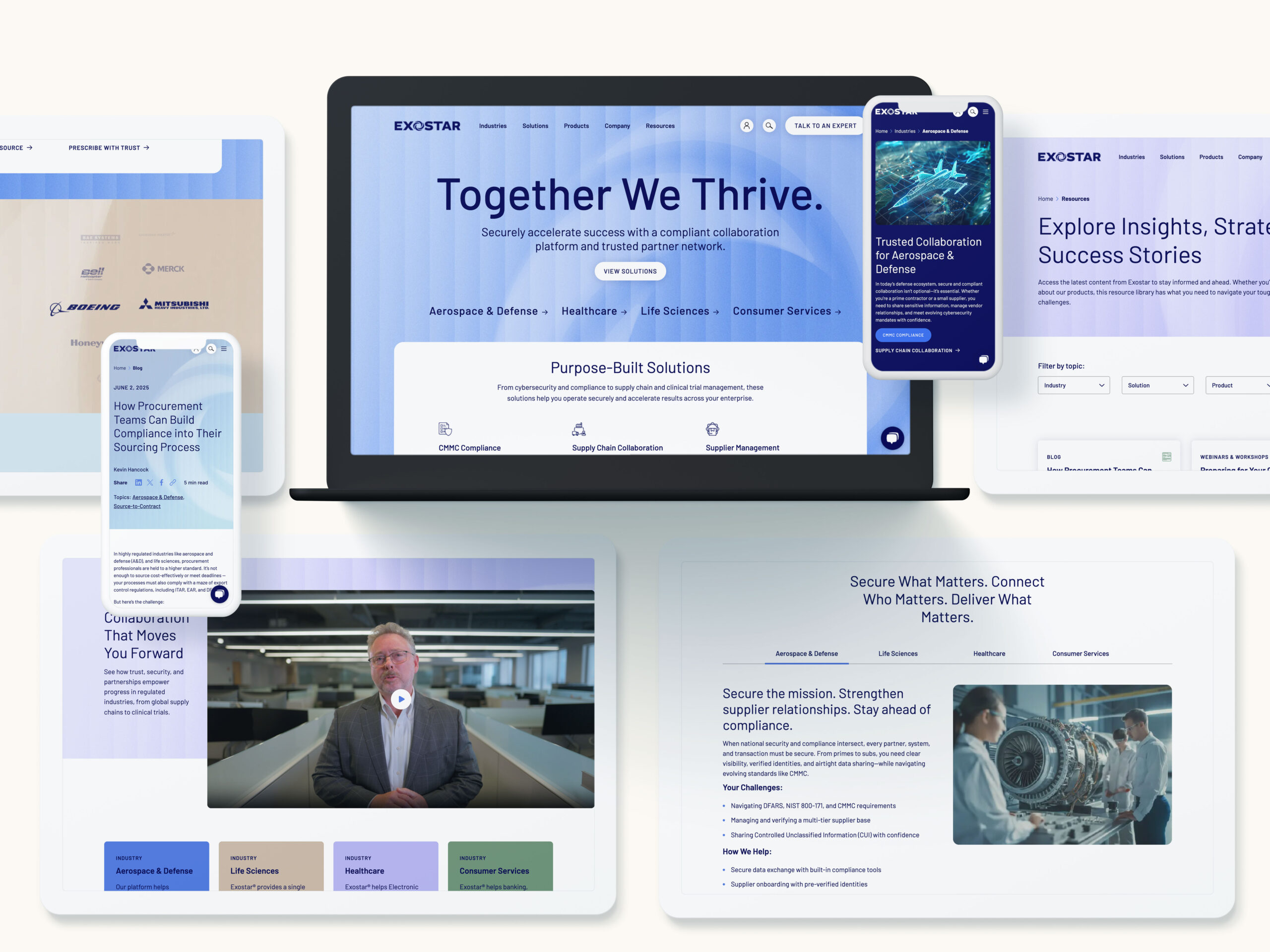
7. Metrics That Matter in Government Markets
Forget vanity metrics. When rebranding in B2G, measure what matters to stakeholders and decision-makers.
- Track internal adoption and ambassador activation as key success metrics.
- Monitor earned media impact, stakeholder sentiment, and procurement engagement.
- A successful rebrand builds trust, boosts visibility, and opens new doors with credibility.
Final Thought: Make It Count
Rebranding in the public sector space isn’t about being flashy—it’s about being credible. It’s about clarity, trust, and telling a story that resonates from the Pentagon to City Hall. Public relations helps you bring that story to life—strategically, confidently, and authentically.
At Bluetext, we understand how B2G brands grow because we’ve helped build them from the ground up. If you’re thinking about a rebrand or already planning one, let’s talk about how to make it land where it counts.
In the high-stakes world of defense contracting, great capabilities often go unnoticed—not because they underperform, but because they aren’t on the right radar. Winning business inside the Department of Defense (DoD) doesn’t start with a contract vehicle or an RFP. It starts with a strategy. To get your tech, tools, or team in front of DoD decision-makers, you must first understand the unique buyer journey within the Pentagon and the creative marketing tactics that cut through complexity, compliance, and competition.
Here’s how to win the mission—before it’s even assigned.
Understanding the DoD Buyer Journey
Marketing to the Department of Defense means navigating a buyer journey unlike any in the commercial world. Instead of a centralized decision-maker, you’re targeting an ecosystem of stakeholders, including:
- Program managers seeking mission alignment
- Contracting officers focused on compliance and pricing
- Technical evaluators assessing performance and security
- End users who may shape requirements
- Innovation arms like DIU, AFWERX, and NavalX
This journey can be broken down into three high-level phases:
1. Awareness: Identifying the Mission Need
The DoD doesn’t buy software or satellites for the sake of modernization—they buy capabilities that close mission gaps. Your first marketing challenge is making potential customers aware that your solution aligns with their pain points. That starts with translating your commercial value proposition into national security outcomes.
2. Consideration: Evaluating Potential Capabilities
Once a mission need is validated, decision-makers assess technical fit, risk, and readiness. This is where white papers, demos, and small pilot contracts (like SBIRs) can elevate your profile—if you’re already on their radar.
3. Procurement: Navigating the Acquisition Pathway
Even when you’re the right fit, getting funded depends on being in the right place at the right time with the right contract vehicle. Marketing must support your business development team’s efforts to align with OTAs, BAAs, or IDIQs early.
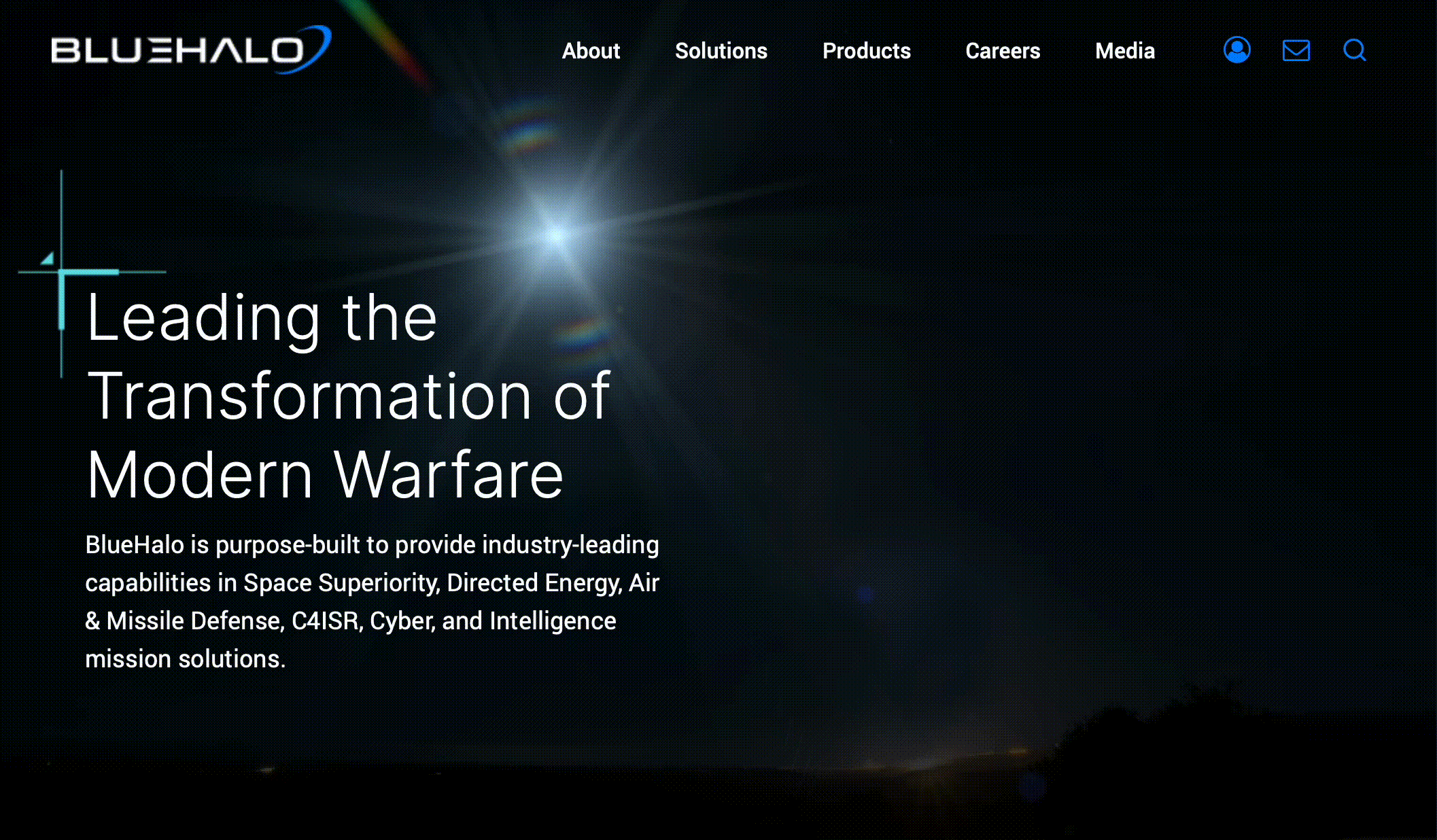
Why Marketing to the DoD Is Different
The Department of Defense is not just another vertical—it’s a culture with a complex procurement architecture, specialized language, and risk-averse mindsets. Common marketing missteps include:
- Using the wrong language. Civilian tech jargon often doesn’t resonate. Using terms like “zero trust,” “kill chain,” or “interoperability” (where appropriate) can make a difference.
- Leading with features, not mission relevance. DoD buyers need to see how your solution enhances warfighter readiness, improves situational awareness, or reduces lifecycle costs.
- Assuming access. Traditional digital channels don’t always reach .mil audiences due to firewall restrictions.
- Ignoring the influence network. Many decisions are made before a formal solicitation appears. If you’re not part of the early-stage conversation, you’re likely too late.
Creative Strategies to Break Through Bureaucracy
Marketing to the Pentagon requires more than brochures and trade show booths. Here are six tactics to earn attention where it counts:
1. Lead with Mission Impact Messaging
Replace “faster, better, cheaper” with language that speaks to capability gaps and operational outcomes. Emphasize how your solution supports Joint All-Domain Command and Control (JADC2), resilience, cybersecurity, or domain superiority.
2. Create Dual-Purpose Campaigns
Develop content that serves both education and enablement—think explainer videos that work on LinkedIn and in BD meetings, or solution briefs that double as handouts at AUSA or WEST.
3. Activate Trusted Voices
Nothing resonates like a peer or former insider. Partner with former flag officers, cleared consultants, or respected integrators who can validate your offering through blogs, speaking engagements, or earned media.
4. Deploy Account-Based Marketing (ABM)
DoD outreach isn’t one-size-fits-all. Create hyper-targeted campaigns focused on specific branches, program offices, or commands. Combine this with IP targeting or LinkedIn filters to reach the right desks.
5. Modernize the Demo Experience
Move beyond PowerPoints. Use immersive media—AR, VR, or 3D simulations—to bring your product to life. Even a digital twin or 3D walkthrough can help abstract capabilities click.
6. Map to Acquisition On-Ramps
Time your marketing to coincide with pre-RFI periods, BAA cycles, or SBIR solicitations. Educating stakeholders before the paperwork starts gives you an edge over competitors who wait for the RFP.
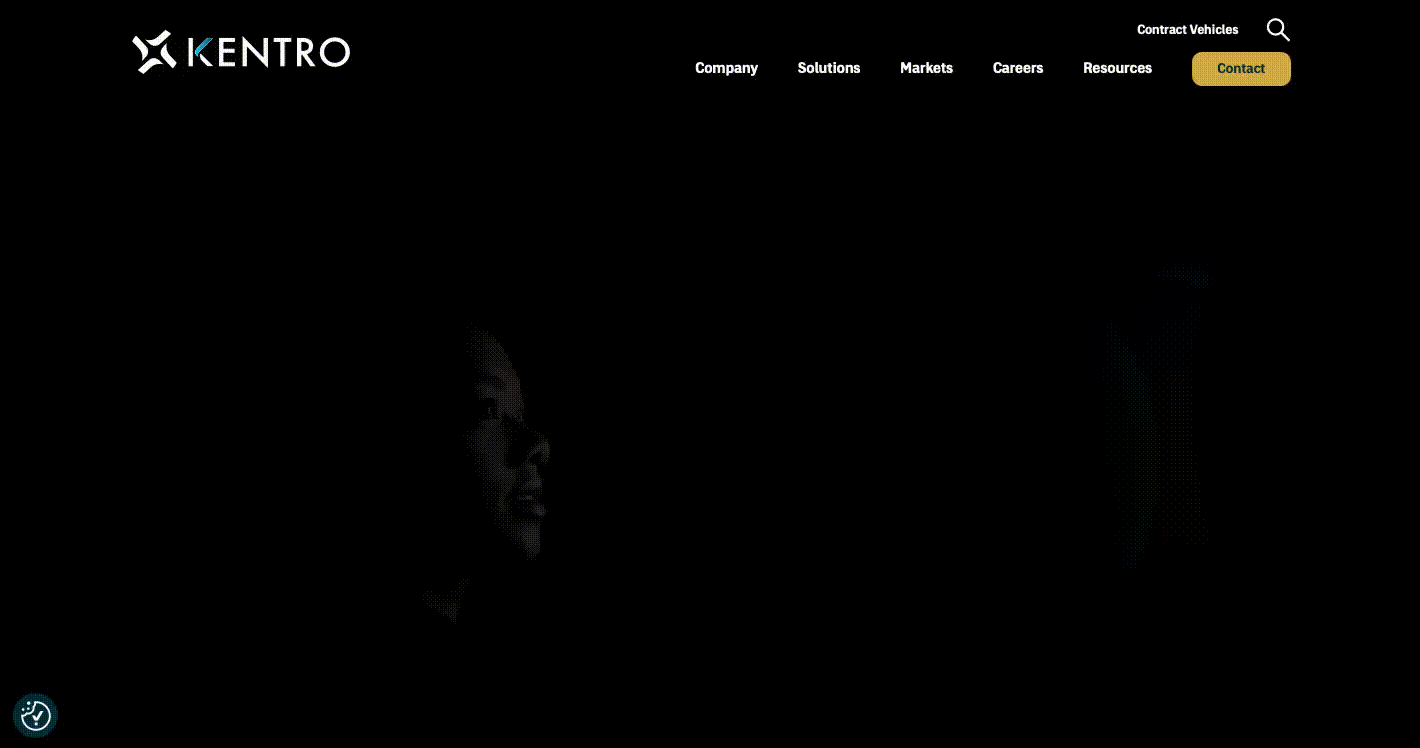
Where Bluetext Comes In
At Bluetext, we’ve helped some of the fastest-growing names in national security—like ManTech, BlueHalo, and Axient—cut through the noise with branding, campaigns, and digital experiences that get noticed and get funded. Following our strategic marketing efforts, these companies have seen increased visibility, improved stakeholder engagement, and in several cases, successful acquisition outcomes.
We’ve also partnered closely with Arlington Capital Partners and Sagewind Capital, helping portfolio companies position themselves effectively within the government ecosystem—from visuals and messaging to launch strategy and campaign execution.
We understand what it takes to make an impression inside the wire—and we deliver it.
Position Your Brand to Win the Next Mission
The most successful defense marketers know it’s not about selling—it’s about aligning. By mapping your message to mission needs, understanding the nuances of the federal buyer journey, and deploying creative strategies that cut through red tape, your brand can become not just known—but trusted.
Looking to elevate your marketing strategy for the defense space? Let’s talk about how Bluetext can help you win inside the DoD.
In government contracting, the RFP isn’t the starting line—it’s the midpoint. By the time a request for proposal (RFP) hits SAM.gov or an agency portal, the most successful vendors have already been shaping the conversation. Their messaging is familiar. The solutions feel tailored. Their names are top of mind.
Welcome to pre-RFP marketing—the strategic art of influencing the buy before the bid.
Why Waiting for the RFP Is Too Late
Government buyers aren’t making decisions in a vacuum. Long before an RFP is released, agencies are:
- Conducting market research
- Reviewing past performance
- Following industry thought leaders
- Listening to the players shaping public discourse
If your brand only shows up once the formal procurement starts, you’re already behind. Agencies tend to favor vendors they know, trust, and associate with mission fluency. Pre-RFP marketing ensures that you’re in the conversation before requirements are locked in.
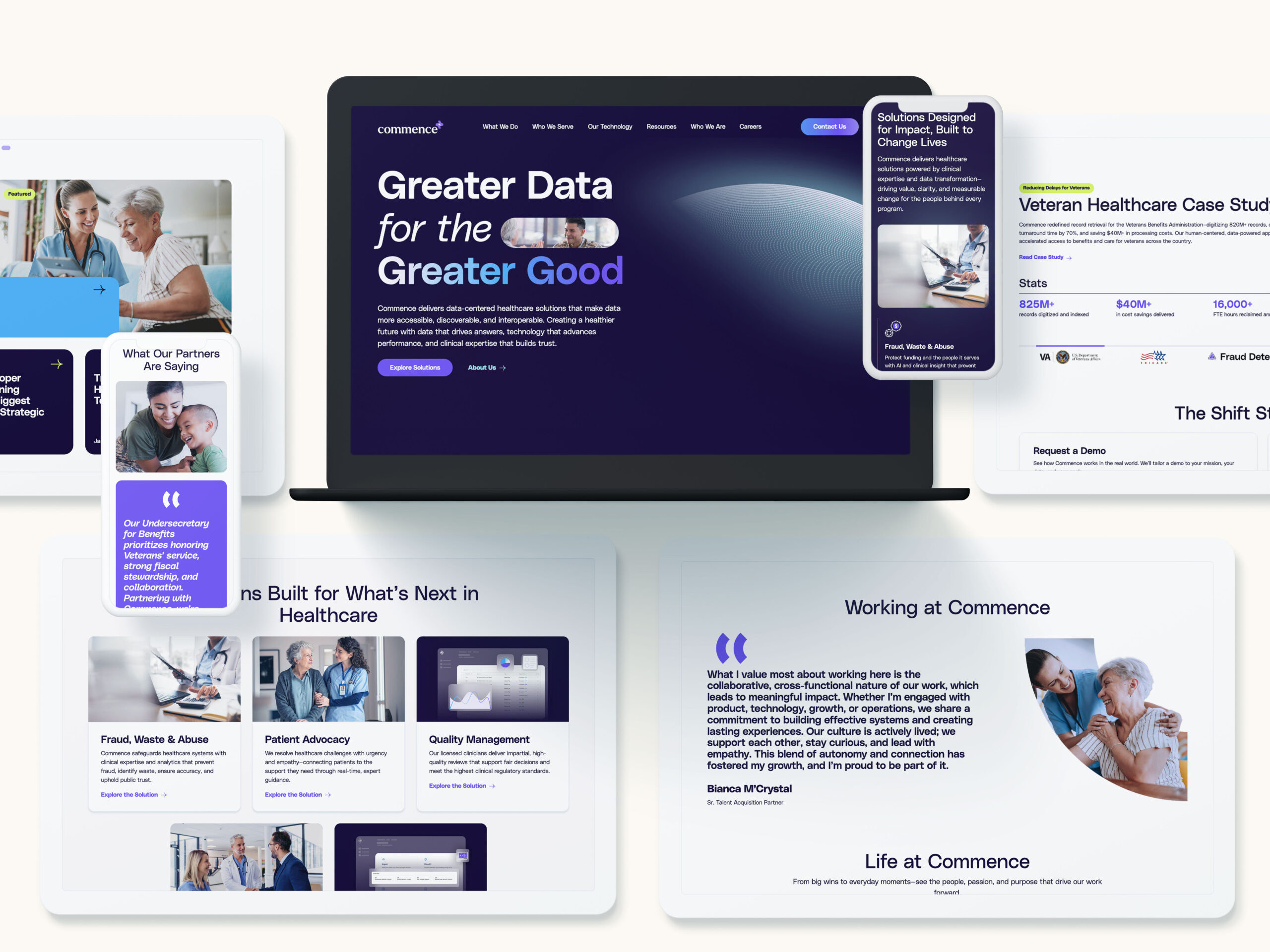
What Pre-RFP Marketing Looks Like
This isn’t traditional lead-gen marketing—it’s highly strategic, often narrowcasted, and deeply aligned with procurement timelines. Pre-RFP marketing may include:
- Agency-specific messaging that speaks to mission goals and challenges
- Content marketing aligned to strategic priorities (e.g., zero trust, AI integration, climate resilience)
- Awareness-building campaigns that elevate your expertise in relevant domains
- Executive thought leadership that frames your brand as a solutions partner, not just a vendor
The goal isn’t volume—it’s influence.
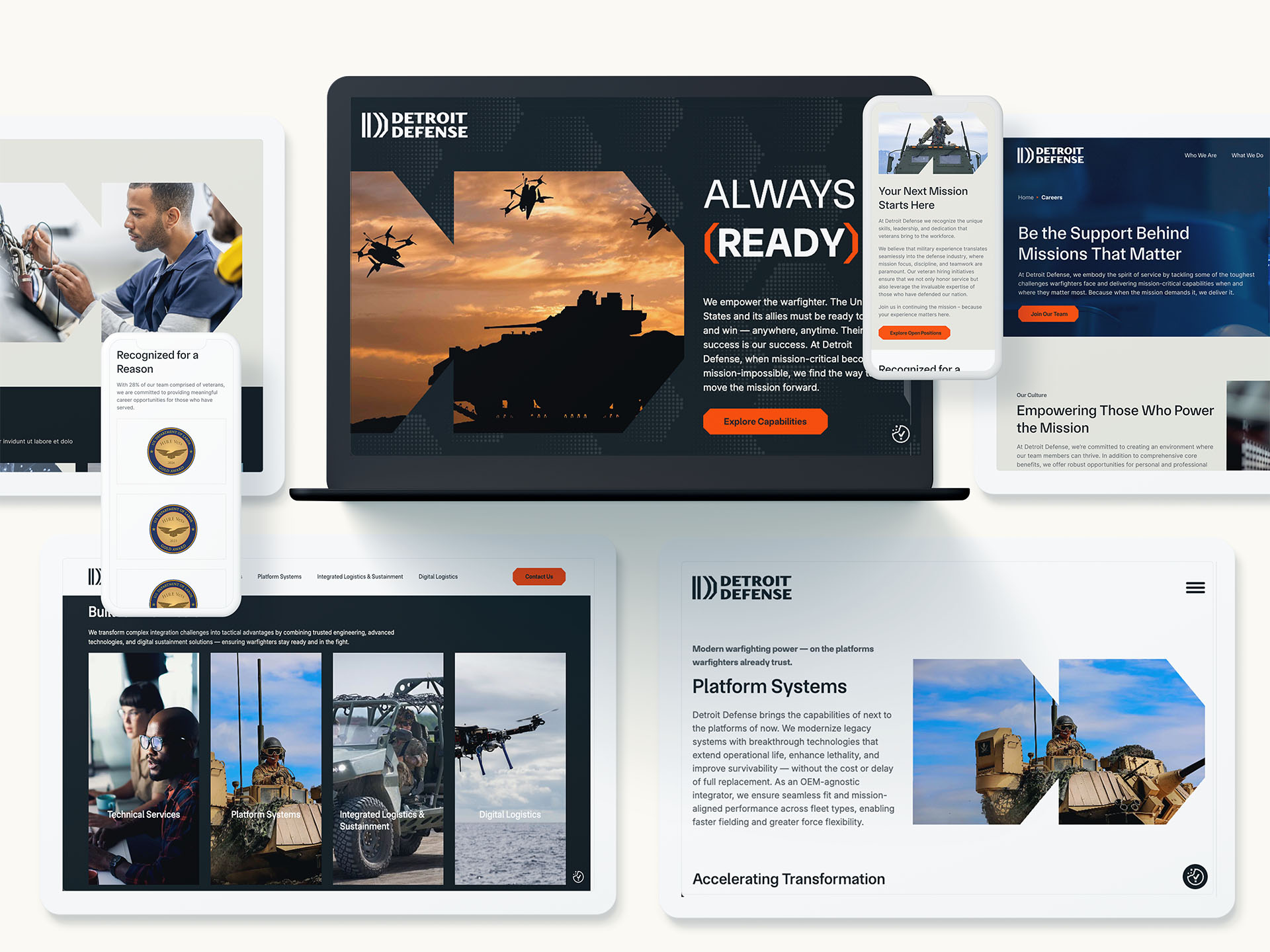
Marketing + Capture: The Dream Team
In the B2G space, marketing should work hand-in-hand with business development and capture teams to create pre-RFP momentum. That collaboration looks like:
- Message alignment based on capture insights, agency intel, and pain points
- Strategic content creation that reinforces key capabilities tied to upcoming procurements
- Campaign timing that builds awareness months—or even years—before the bid drops
- Visual storytelling that mirrors future proposal themes and evaluation priorities
Pre-RFP marketing isn’t a siloed activity. It’s an integral part of shaping opportunity strategy.
Tactical Ways to Influence Before the RFP
Smart pre-RFP marketing combines digital precision with reputational lift. Tactics might include:
- Agency-targeted landing pages or microsites: Showcase case studies, credentials, and capabilities specific to the agency’s needs.
- Mission-aligned white papers, videos, or articles: These signal thought leadership and policy fluency—and can be shared by internal champions.
- LinkedIn targeting and paid campaigns: Reach key agency decision-makers and influencers with tailored content.
- Conference presence and speaking opportunities: Position SMEs and executives at industry events where agency staff are present.
- PR placements in federal media: Establish credibility through earned media on platforms read by procurement leaders.
These assets don’t just inform—they shape perception.

How Pre-RFP Marketing Pays Off
This level of positioning isn’t just about awareness—it influences outcomes. Done right, pre-RFP marketing:
- Establishes name recognition that builds evaluator confidence
- Increases your “trusted partner” status well before proposal submission
- Shapes the RFP itself by aligning with the narratives and needs already in motion
- Sets the stage for better win themes when the proposal does come around
It’s a long game—but it’s a proven one.
Don’t Just Bid. Influence.
Winning in the public sector isn’t about reacting quickly—it’s about planning smartly. The most successful GovCon brands don’t just respond to RFPs. They shape the buying environment before the paperwork even begins.
Want to Lead Before You Bid?
Bluetext helps government contractors develop strategic, pre-RFP marketing campaigns that position them as mission-aligned, agency-ready partners. From messaging architecture to campaign execution, we work alongside your capture and BD teams to create early influence that pays off at award time.
Contact us to get ahead of the next opportunity—and make sure you’re on the shortlist before the RFP even drops.
In government contracting, clarity is currency. When every word, capability, and differentiator is under scrutiny, the companies that rise to the top aren’t necessarily the largest or loudest—they’re the ones that speak with precision. In a world of acronyms, mandates, and mission alignment, the ability to articulate your value in a hyper-targeted way is what separates contenders from winners.
Let’s explore why hyper-niche messaging isn’t just a branding preference—it’s a business-winning strategy for B2G organizations.
The Problem with Generic Positioning in GovCon
Generic messaging is a liability in government contracting. Agencies don’t award multi-million-dollar contracts to companies that merely “support innovation” or “deliver secure solutions.” They want partners who understand their mission, speak their language, and solve their specific pain points.
Contracting officers and evaluation boards are inundated with vendors claiming to “do it all.” If your message isn’t directly aligned with the program goals, agency priorities, and procurement language, you’re likely to be filtered out long before the final downselect.

What Precision Branding Looks Like in B2G
Precision branding is more than buzzwords—it’s about showing a deep understanding of the agency, mission, and problem set you’re trying to support. It’s branding that reflects:
- Mission fluency: Messaging that maps to agency-specific goals, such as modernization, zero trust, or resilient logistics.
- Procurement awareness: A tone and structure that mirrors how contracts are framed and awarded.
- Technical confidence: Specificity around your capabilities, differentiators, and how they align to contract requirements.
This kind of messaging signals you’re not just capable—you’re credible.
Segmentation Strategies for Government Audiences
In the public sector, your audience isn’t “the government”—it’s a web of stakeholders, each with different concerns. Hyper-niche messaging starts with segmentation. Effective B2G segmentation can include:
- By agency or department: Tailoring messages for DHS, VA, DoD, or HHS based on their unique missions and tech stacks.
- By mission area: Whether it’s cybersecurity, digital transformation, healthcare delivery, or ISR, speak to the problem, not just the platform.
- By role: Program managers want operational outcomes; contracting officers want clarity and compliance.
This approach enables your BD, capture, and marketing teams to deliver the right message at the right time—every time.
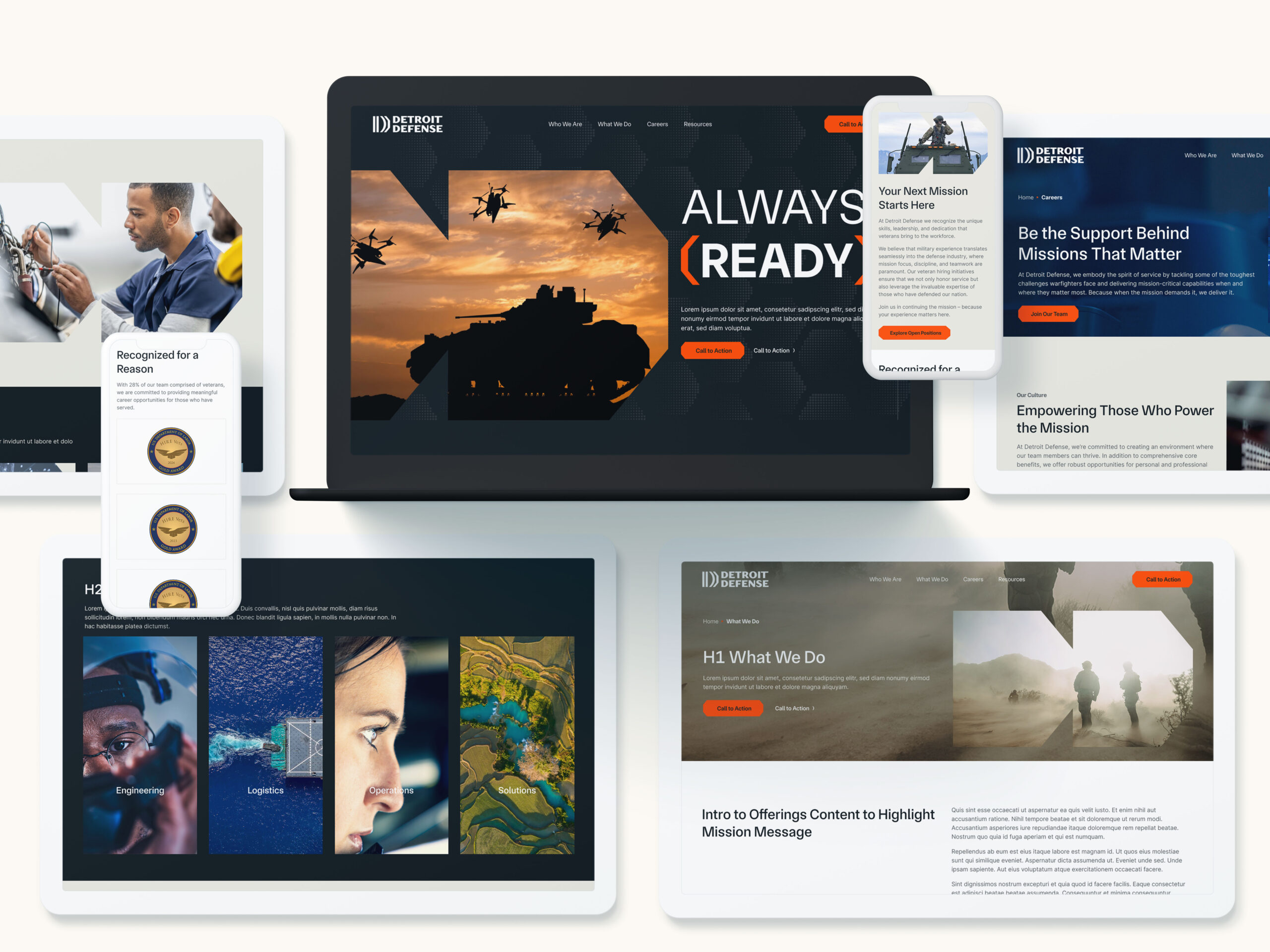
Building Trust Through Tailored Messaging
In government contracting, trust drives procurement decisions. Precision branding helps build that trust by showing that you’ve done your homework. Tailored messaging demonstrates:
- Understanding of agency challenges
- Familiarity with prior contract awards and initiatives
- Ability to integrate with existing systems and workflows
Messaging that speaks directly to a program’s needs helps pre-sell your value well before the RFP drops—and can be the deciding factor in whether you get on the bidder’s shortlist.
Supporting Pursuits Through Smart Brand Architecture
When every pursuit is unique, your brand needs to be flexible without losing cohesion. Precision branding allows you to:
- Deploy microsites or campaign pages for specific agencies or programs.
- Align visuals and language across BD collateral, white papers, and proposal materials.
- Build modular messaging systems that scale from digital campaigns to in-person orals.
This kind of architecture supports faster spin-ups, more aligned capture efforts, and consistent storytelling across the entire business development funnel.
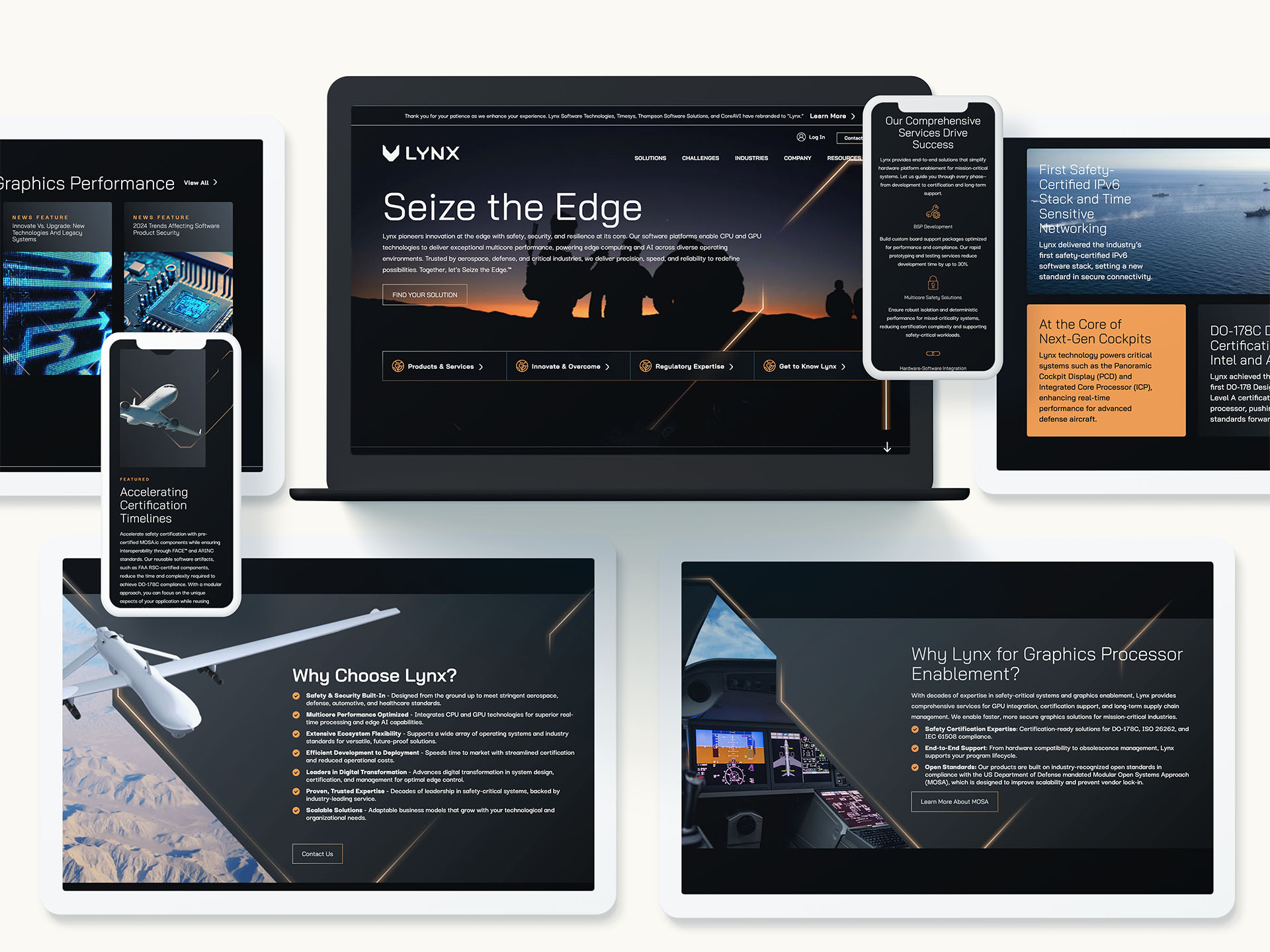
Why It All Matters for Winning Contracts
At the end of the day, precision branding is about outcomes. Tailored messaging can:
- Accelerate procurement cycles by removing confusion and building confidence.
- Improve proposal win rates by resonating more clearly with evaluators.
- Differentiate your solution in a crowded field of government vendors.
In the complex, competitive world of GovCon, vague promises won’t win big contracts. Specificity, strategy, and segmentation will.
Let’s Talk Precision
Looking to refine your message and win with more intention? Bluetext helps government contractors position with purpose—through hyper-targeted messaging, modular brand systems, and smart creative built for the B2G space.
Contact us to learn how we can help you speak the language of your next big win.
Why getting B2G branding right in today’s contracting climate may dictate success or failure for years to come.
The beat of federal marketers has been a tad arrhythmic the past few months, as we seek to digest dramatic shifts in agency budgets, procurement and contracting, as well as reduced manpower. The old adage “nobody ever gets fired for buying IBM” has evolved in the current contracting climate to “explain why you bought IBM in the first place.”
And while the public face of DOGE may be moving on, its mandate endures through the Trump administration FYI 2026 budget proposal – which calls for expanding DOGE staffing by roughly two-thirds and more than doubling its budget. There are also few signs that hyper analysis of contracts with top revenue industry partners will ease. After targeting the top 10 consulting firms for contract cuts, GSA is now requesting justifications for services and pricing structures from 10 leading tech Value Added Resellers (VARs). Already this year, more than 11,000 contracts across 60 agencies have been nixed, totaling $33 billion.
All of these narratives were swirling on June 6th at FedPulse 2025: Turning Brand & Market Data into Competitive Advantage.
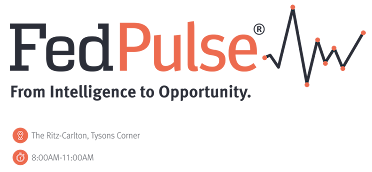
FedPulse is GovExec’s new brand and market intelligence platform designed to empower public sector marketers, business development, and sales leaders with real-time data and insights to drive smarter strategies and win market share.
Through a series of panels, CXOs, public sector unit leads and marketing executives from Intel, Dell, Carahsoft, SolarWinds, and GDIT discussed this tectonic shift in workforce dynamics – driven by an unprecedented shift in the public sector / administration “decision maker class” when it comes to contracting, procurement, and go-to-market strategies. The discussions were buoyed by new FedPulse data on Fed IT brand perception and what B2G marketing strategies resonate with agency customers AD (After DOGE) vs. BD (Before DOGE).
Props to GovExec for structuring one of the more insightful government marketing events I’ve attended when it comes to valuable market intelligence and panelists who were not just dispensing cookie-cutter insights and commentary, but instead offering blunt assessments on what it will take to succeed in the current environment.
Below are some data-driven takeaways from the event that public sector marketers and executives can consider as they navigate the contract landscape in 2025:
1. B2G Brands Must Re-Introduce Themselves To Decision Makers
FedPulse data shared by GovExec at the event affirms what government marketers already knew to be anecdotally true: Significant turnover amongst agency decision makers to those with fewer years of public sector experience and exposure to B2G brands. 44% of those surveyed have 10 years of experience or less as a government employee, down from 34% last year. This helps explain a four percentage point drop in those surveyed being “very familiar” with some of the top B2G brands included in FedPulse.
What does this mean for government marketers? As panelist Oliver Nutt, Vice President, Marketing and External Communications (U.S.) at GDIT shared, it becomes critical to re-introduce your brand to these new decision makers. They may know the name, but not fully grasp what you do and what you enable. Agencies are under massive pressure and they need to be able to communicate outcomes delivered, not just services you provide.
This is particularly urgent for these top consulting and services providers whose contracts are now under the microscope. Firms are being bucketed into general categories, and saying you do everything may not be the best path to preserve existing contracts and win new ones. Prioritization and differentiation must be communicated through clear branding, messaging, go-to-market and PR strategies.

Some prioritization opportunities are already emerging. During his 1×1 interview at the event, Craig Abod, President and Founder, Carahsoft, spoke of a “re-invigorated CMMC,” as DoD elevates security requirements for contractors and subcontractors – requirements such as CMMC compliance that may find their way into more contracts sooner rather than later.
2. Brands Must Re-Think How They Educate
Every B2G brand is now fully aware that decisions are being heavily driven by your ability to deliver operational efficiencies and cost reduction. These are now longer differentiator messages, but table stakes.
Abod outlined the stakes in even starker terms: Decision makers need to understand what would happen if the agency didn’t use your product or service. It’s not just re-introducing the brand, but you need to re-sell every deal. Because the question being asked isn’t “why should we buy your product/service” but “why did the agency buy it in the first place.”
How B2G brands must educate has changed. As referenced, agencies are buying outcomes so that impacts market messaging. Nutt added in later panel comments that it may not resonate to brand yourself as “the AI company” or “the digital transformation company.” If you are talking about digital transformation, connect it to specific use cases such as logistics to justify why these technologies matter.
For marketers, content assets such as case studies to show a track record of outcomes remain highly relevant, but it’s not an AI case study, or DT case study. The storytelling has to be outcome based with supporting data and compelling visuals.
The bottom line, as panelist Greg Clifton, General Manager – Defense & National Security Group, Intel added, is that you can’t assume agency decision makers know what you do. Educate yes, but there is a need to re-invent how you talk to customers. We make chips, great, but what emerging applications does this enable?
3. Non-Traditional Events & Networking Will Drive Deals
Relying exclusively on traditional marketing and branding channels will not get it done. This reality is a byproduct of where the new class of decision makers is consuming information and building relationships. Agency and industry events still hold value, but at the event GovExec CEO Tim Hartman discusses the fact that this is a relationship-driven Administration. B2G brands will need to engage in more advocacy and political events, and across all channels communicate how your solutions enable the agency – and political – mission.
4. Industry Collaboration
We spoke of a new contingent of agency decision makers; they are younger and many hail from silicon valley. Their worldview on technology development, adoption and implementation is driving a changing acquisition strategy. They don’t just want to acquire products and innovate piecemeal. More holistically, they want to build new technology stacks.
The Administration / DOGE message to vendors and contractors is clear, as Clifton detailed in his panel: You own a piece of our IT environment, but it is not in our best interests to try and go vendor by vendor in a siloed fashion. Instead, get together with other relevant vendors up and down the stack and give us an integrated strategy.
5. Your B2G Brand Must Stand Out, Not Fit In
A core Bluetext sweet spot is empowering government contractors and IT providers to re-shape an existing brand or re-brand to target government stakeholders and investors (PE firms, etc.). Whether that need is fueled by an acquisition, merger or pre-IPO planning, brand storytelling that pops raises enterprise value.
It’s why 82 of our clients have been acquired in the 24 months following a Bluetext engagement (see all the acquisitions here). We know how to build enterprise value across the B2G marketing stack – from branding, logo design, messaging & positioning, website design & development and naming to public relations, thought leadership, SEO, paid campaigns and social media.
One recent project involved Ricardo Defense, which needed to transition into a fully U.S.-owned company and reintroduce itself to government and commercial partners. It turned to Bluetext to lead a comprehensive rebranding effort. The result: Detroit Defense—a new name and identity that reflects the company’s proud roots in Michigan’s defense innovation corridor and its strategic focus on U.S. national security.

At the FedPulse event, GovExec CEO Tim Hartman underscored how critical 2025 will be for B2G marketers, suggesting the next several months may well determine your public sector business trajectory for the next several years. You have to get it right. Click here to find out why Bluetext is the right B2G marketing partner to meet this moment, or contact us today to start the conversation.
Government contractors face a unique digital challenge: create an experience that checks every compliance box while still connecting with users. It’s a balancing act that requires more than just meeting federal standards—it demands thoughtful, human-centered design that engages stakeholders, builds trust, and supports mission delivery.
At Bluetext, we’ve worked with leading B2G organizations to tackle this challenge head-on. Here’s what it takes to align your UX with both federal requirements and user expectations.
The UX Landscape for Government Contractors
Unlike private sector sites that prioritize conversion funnels or sleek brand storytelling, digital platforms for government contractors must often serve multiple masters. They need to be:
- Compliant with strict accessibility and data security standards
- Clear and intuitive for a wide range of users, from contracting officers to program managers
- Aligned with the mission and values of the agencies they serve
Too often, this results in dense, overly technical websites that users find difficult to navigate. But poor UX doesn’t just frustrate visitors—it can undermine credibility, reduce engagement, and even impact contract wins. Great UX isn’t a luxury in the B2G space—it’s a differentiator.
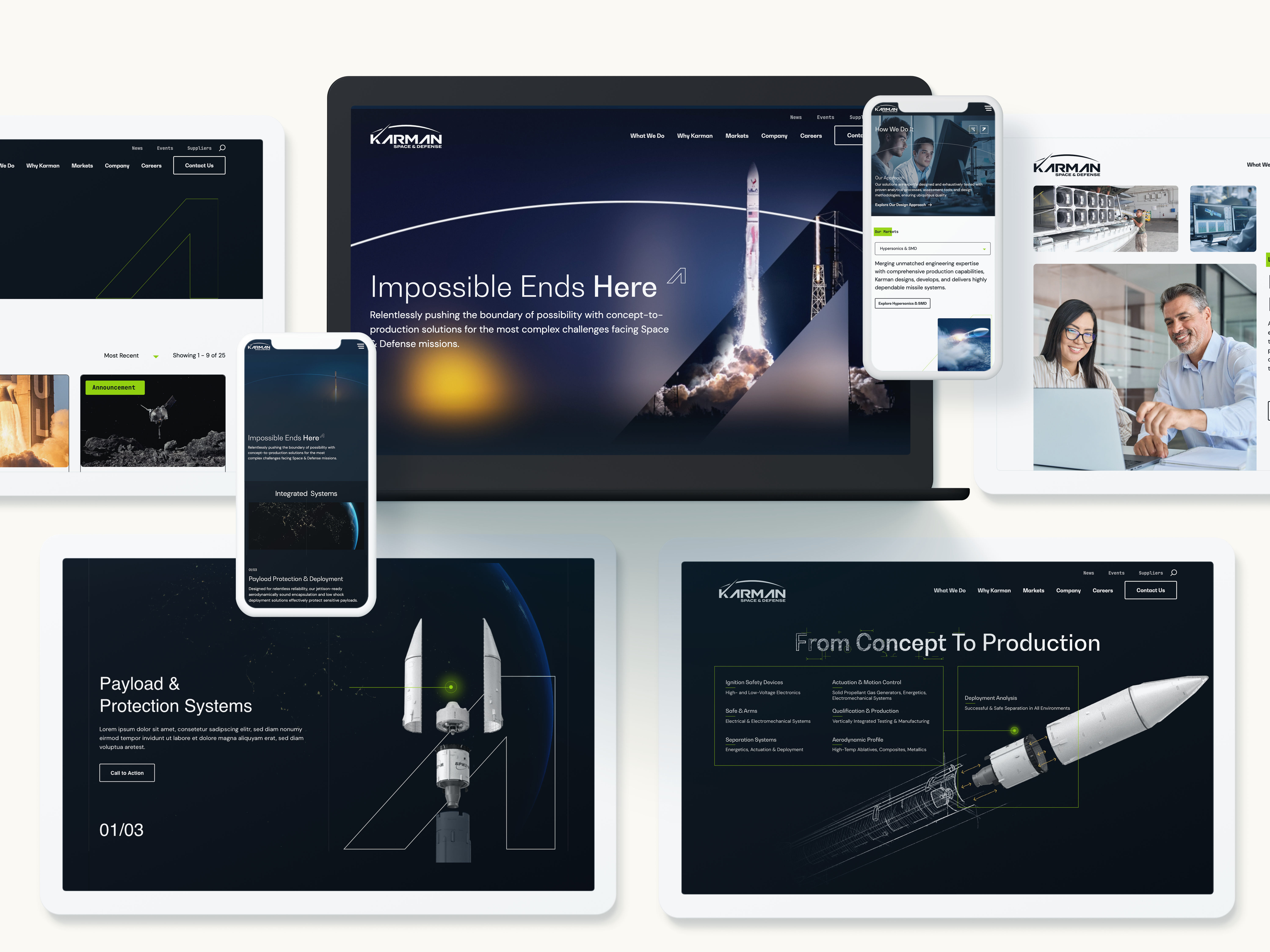
Accessibility and Compliance: The Non-Negotiables
Section 508 compliance is the baseline for any government-facing digital experience. Alongside WCAG 2.1 guidelines, these standards ensure that websites are usable by people with disabilities, including those using screen readers, keyboard navigation, or alternative input devices.
But compliance doesn’t have to be a creativity killer. In fact, designing with accessibility in mind often leads to cleaner layouts, better content structure, and more usable interfaces for everyone.
Tools like Axe, WAVE, and Lighthouse can help identify issues early in the design process. Even more important is building accessibility into your workflow from day one—writing semantic HTML, designing for contrast and readability, and testing with real users when possible.
Compliance isn’t a one-time box to check. It’s an ongoing commitment that—when done right—enhances the overall experience.
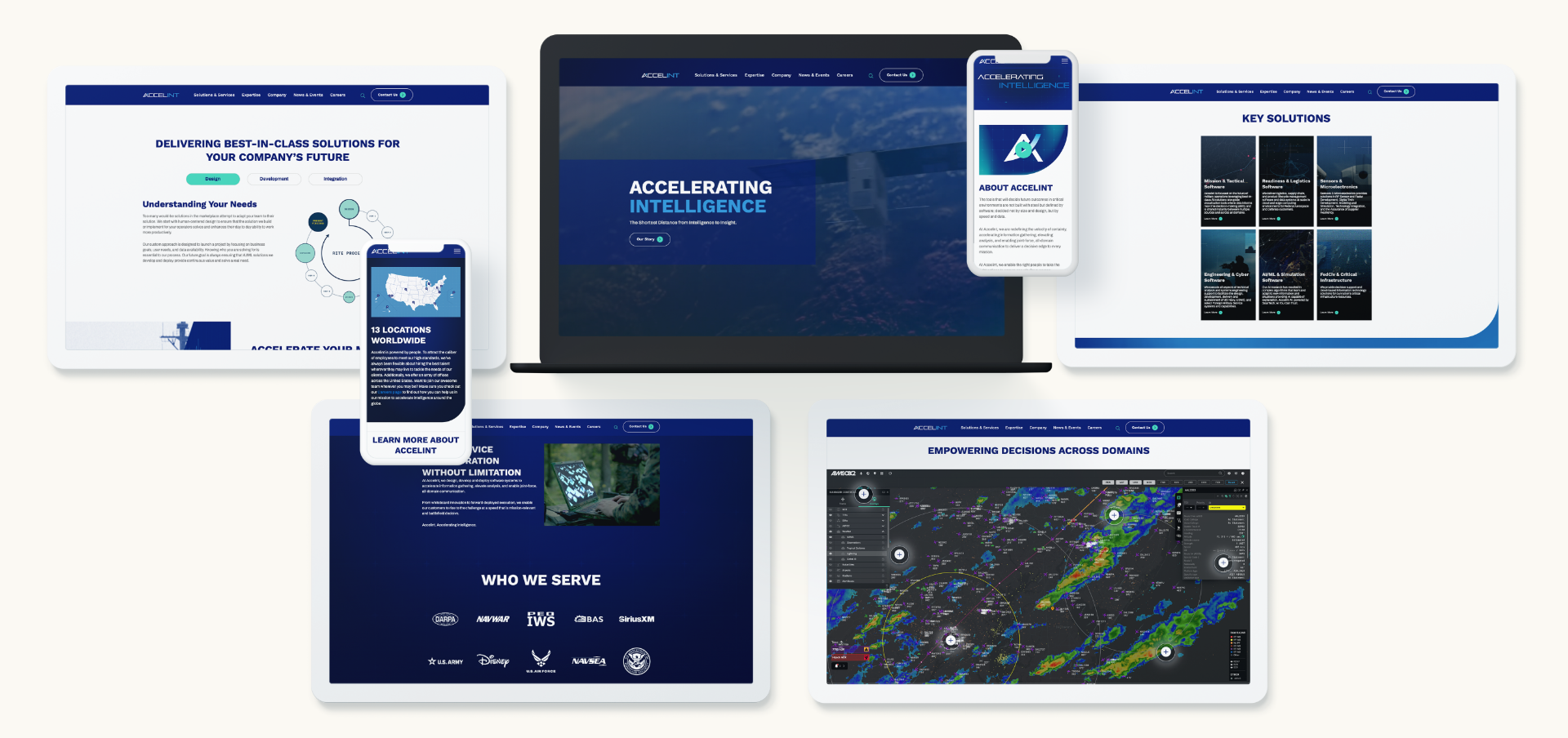
Engagement Without Compromise
Just because your site has to follow the rules doesn’t mean it has to be boring. In fact, engaging design is often about doing more with less.
Here are a few UX principles that shine in the government space:
- Clarity over cleverness: Use plain language, intuitive labels, and clear visual hierarchy.
- Consistency builds trust: Standardize layouts, navigation, and interaction patterns to reduce friction.
- Guide the user journey: Employ subtle animations, progress indicators, and calls to action to keep users oriented and informed.
Small touches—like clean iconography, digestible content blocks, or a smart search function—can go a long way in making your digital experience more intuitive and user-friendly.
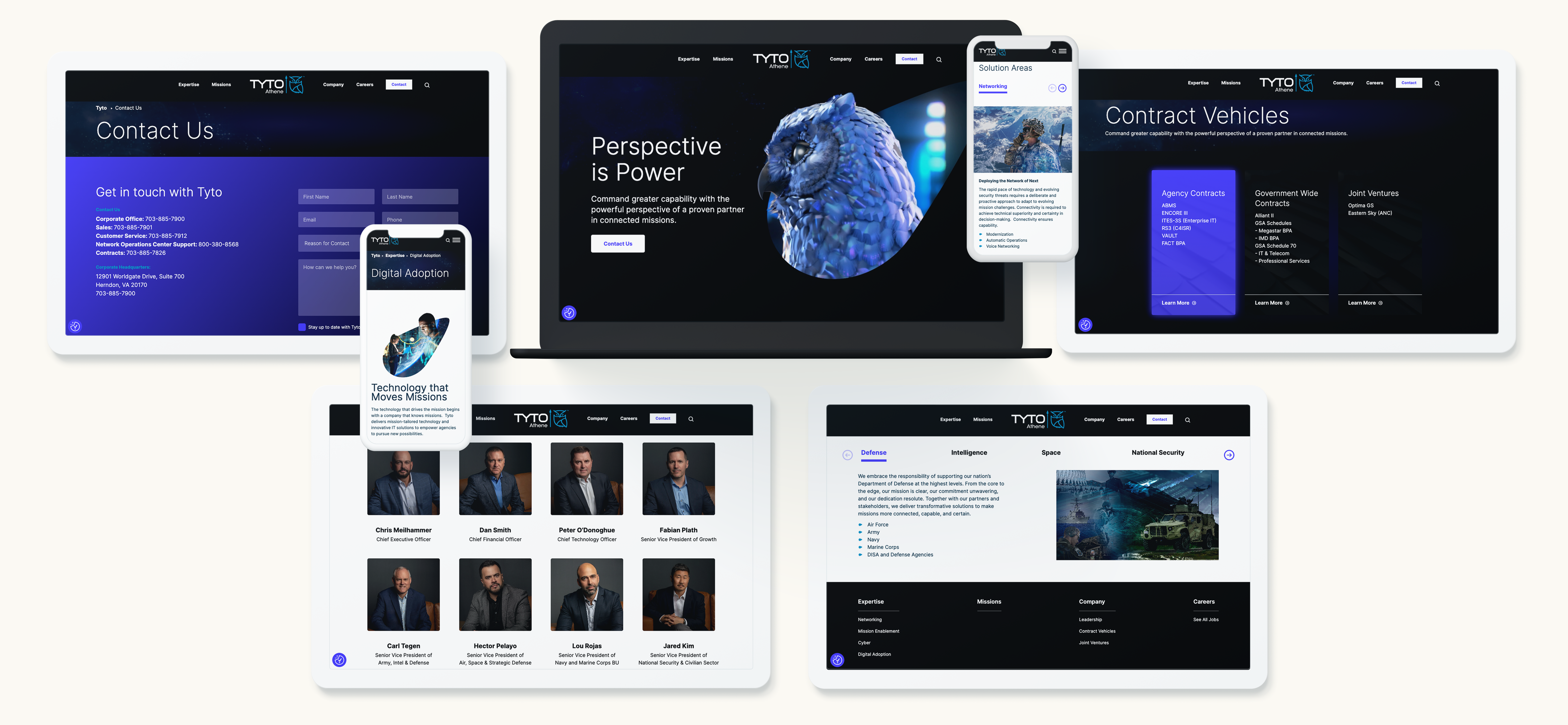
Building UX into the Proposal Process
UX shouldn’t be an afterthought—or an add-on once the development process is underway. Forward-thinking government contractors are baking user experience into their RFP responses, showing prospective clients how they’ll create usable, accessible solutions from the start.
This approach demonstrates not only technical know-how, but a genuine understanding of the agency’s end users and mission. By collaborating across design, development, content, and compliance teams early, contractors can avoid costly rework and deliver smarter, faster solutions.
Future Trends in Gov UX
The bar is rising for digital experiences—even in the public sector. Government buyers and stakeholders increasingly expect:
- Mobile-first functionality that works seamlessly across devices
- AI-enhanced interfaces for smarter content delivery and navigation
- Modular, design system-driven platforms that allow for scalable updates and consistency
- Human-centered cybersecurity, where secure doesn’t mean confusing
As these expectations evolve, the ability to deliver UX that’s both compliant and compelling will become a critical differentiator.
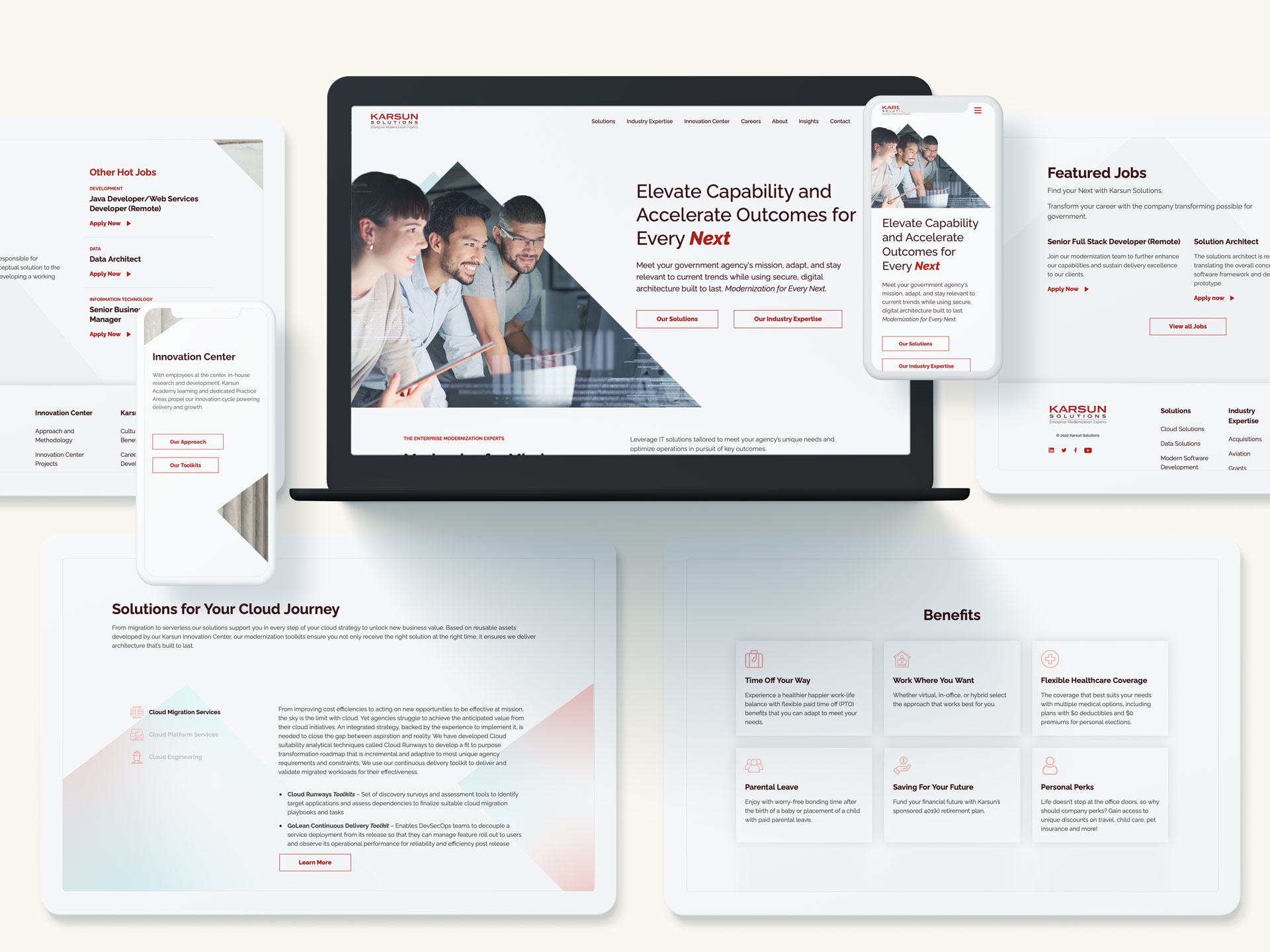
Partnering with Experts for Results
Designing UX for the government audience requires more than a basic understanding of Section 508. It requires an agency partner that understands the nuances of federal requirements, the strategic goals of B2G marketing, and the creative potential of great design.
At Bluetext, we specialize in creating digital experiences that meet the highest standards for accessibility and engagement—whether you’re responding to an RFP, redesigning a contractor portal, or launching a campaign microsite.
Is your digital presence working as hard as your proposal team? Contact Bluetext to build a UX that’s as smart, secure, and strategic as your business.
Marketing to government audiences is a different game. Unlike commercial buyers, government decision-makers operate within a framework of strict procurement rules, risk mitigation priorities, and mission-driven goals. That means the messages that work in B2B or B2C settings often fall flat in B2G (business-to-government) environments.
To break through the noise and build credibility with government stakeholders, your marketing message needs to be sharp, structured, and strategically aligned with the public sector’s unique expectations. Here’s how to tailor your messaging to resonate with decision-makers in government.
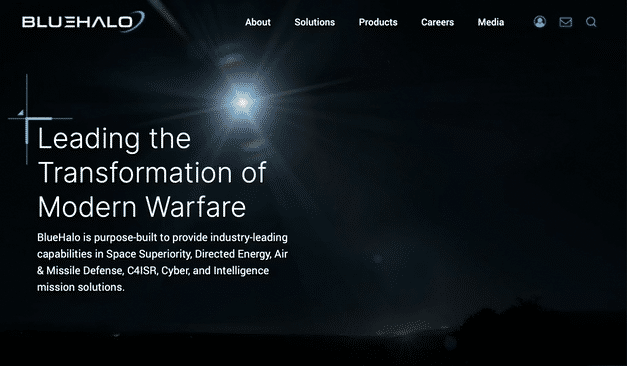
What Makes Government Audiences Unique?
Government buyers are not just influenced by brand awareness or product features—they’re tasked with serving the public interest, meeting compliance standards, and ensuring taxpayer dollars are spent wisely. These decision-makers are typically risk-averse, procurement-focused, and guided by regulations.
It’s also important to understand that the government buying process involves multiple stakeholders:
- Technical experts who evaluate product feasibility.
- Program managers who care about mission alignment.
- Contracting officers who focus on price, compliance, and past performance.
Crafting messages that speak to each of these groups—without overcomplicating or overwhelming—is key.

Principles of Effective B2G Messaging
Government audiences respond best to messages that are clear, credible, and connected to their mission. Here are some essential principles to follow:
- Mission First: Frame your offering in terms of how it supports the agency’s objectives or improves public outcomes.
- Proof Over Promotion: Back every claim with data, use cases, or credentials. Flashy slogans don’t hold weight—facts do.
- Trust and Compliance: Emphasize security standards, certifications (like FedRAMP or CMMC), and contract history to reduce perceived risk.
- Simplicity is Strength: Avoid industry jargon or buzzwords. Speak plainly, directly, and with authority.
Tailoring Your Message for the Government Buying Cycle
The government decision-making process is long and layered. Your messaging should adapt to each phase of the journey:
- Awareness: At this stage, government stakeholders are seeking information—not sales pitches. Educational content like white papers, webinars, or industry briefings can help establish your credibility.
- Consideration: Here, decision-makers want to understand how your solution stacks up. Highlight differentiators, technical capabilities, and mission relevance with tailored solution briefs or case studies.
- Decision: Now it’s about procurement. Make it easy for buyers to justify your solution—share past performance, articulate ROI, and demonstrate compliance. Clear pricing structures and acquisition paths matter.

Best Practices for Connecting with Government Audiences
To ensure your messaging lands with impact, keep these best practices in mind:
- Use Plain Language: Government audiences appreciate direct, jargon-free communication that gets to the point quickly.
- Tailor Content Formats: Capability statements, compliance checklists, and executive summaries are more effective than flashy brand decks.
- Address Agency Pain Points: Customize your messaging to reflect the specific challenges, mandates, or priorities of the agency you’re targeting.
- Be Consistent Across Channels: Whether it’s a website, digital ad, or RFI response, your brand message should reinforce trust and reliability every step of the way.
Positioning for Long-Term Success
Winning a government contract often takes time, persistence, and strategic alignment. The right messaging can open doors, but it’s consistency and clarity that keep them open. Government buyers want to work with partners who understand their world—who speak their language, anticipate their needs, and deliver on their promises.
At Bluetext, we specialize in helping brands craft B2G messaging that resonates with government audiences—combining strategic insight, content precision, and compliance know-how.
Ready to refine your message for government audiences? Bluetext helps B2G brands connect with decision-makers through precision messaging, content strategy, and campaign execution. Let’s start the conversation.
Winning federal contracts is a highly competitive process that requires more than just a strong proposal. In today’s digital-first landscape, government contractors must leverage modern marketing strategies to stand out, build credibility, and engage key decision-makers. A well-executed digital marketing strategy can be the difference between securing a contract and being overlooked. This blog explores how government contractors can use digital marketing to gain an edge in the federal procurement space.
Why Digital Marketing is Essential for Federal Contractors
Traditional networking and referrals remain valuable, but government buyers increasingly conduct research online before making procurement decisions. Without a strong digital presence, contractors risk missing out on critical opportunities. Digital marketing helps federal contractors:
- Increase Visibility: A robust online presence ensures agencies can find and evaluate your company.
- Build Credibility: A well-maintained website and thought leadership content establish trust.
- Engage Decision-Makers: Targeted digital campaigns help influence key stakeholders at the right time.

Optimizing Your Website for Government Buyers
Your website is often the first impression a government agency has of your company. To make it effective:
- Ensure Compliance: Include required disclaimers, certifications, and security measures.
- Clarify Capabilities: Highlight core competencies, past performance, and contract vehicles.
- Simplify Navigation: Make it easy for government buyers to find relevant information quickly.
SEO and Content Marketing for Thought Leadership
Search engine optimization (SEO) is critical for ranking in searches relevant to government contracting. Consider these strategies:
- Target Industry Keywords: Optimize for terms like “government contract consulting” or “federal procurement solutions.”
- Publish Informative Content: Create blog posts on regulatory updates, procurement tips, and case studies.
- Leverage Backlinks: Partner with industry sites and publications to improve authority.

Leveraging LinkedIn & Targeted Advertising for Outreach
LinkedIn is a powerful tool for engaging government buyers and influencers. Contractors should:
- Develop a Strong LinkedIn Presence: Share relevant content and updates.
- Engage in LinkedIn Groups: Participate in government contracting discussions.
- Run Targeted Ads: Use LinkedIn and other platforms for account-based marketing (ABM) to reach key decision-makers.
Final Thoughts
Winning federal contracts requires more than technical expertise; it demands a strategic marketing approach. By leveraging digital tools, optimizing your online presence, and engaging government buyers where they research, you can increase your chances of success in the GovCon space.
Need help crafting a government marketing strategy that drives results? Contact Bluetext today to elevate your brand and secure more federal contracts.
Navigating DOGE’s Impact on B2G Marketing
As government marketing continues to evolve, the Department of Government Engagement (DOGE) has introduced new guidelines that significantly impact how contractors engage with federal agencies. These changes mean that B2G brands must reassess their marketing strategies to ensure compliance while maintaining their competitive edge. Striking the right balance between regulatory adherence and compelling storytelling is crucial.
At Bluetext, we help government contractors navigate complex marketing challenges. This post explores actionable strategies to refine messaging, optimize outreach, and maintain credibility in the new era of DOGE compliance.

Understanding DOGE’s New Regulations
The recent DOGE guidelines are designed to enhance transparency and ethical marketing practices among government contractors. Key changes include:
- Stricter content regulations: Messaging must align with federal priorities and avoid misleading claims.
- Refined engagement protocols: Restrictions on direct outreach and solicitation require brands to be more strategic in their communications.
- Increased oversight of digital marketing efforts: Social media, paid advertising, and content marketing must adhere to compliance frameworks.
Failure to comply can lead to reputational damage and potential disqualification from federal contracts. Understanding these shifts is the first step toward adapting your marketing approach effectively.

Refining Your Value Proposition for a B2G Audience
A strong value proposition is essential to resonate with federal decision-makers. To align with DOGE’s standards, B2G brands should:
- Emphasize mission alignment: Clearly articulate how your solutions support government objectives.
- Prioritize data-backed claims: Use case studies and measurable outcomes to reinforce credibility.
- Maintain clarity and transparency: Avoid vague statements and ensure messaging is direct and compliance-friendly.
Optimizing Outreach Channels for Compliance and Impact
With new restrictions on direct marketing tactics, B2G brands must leverage alternative engagement strategies, such as:
- Educational content marketing: Thought leadership pieces, white papers, and webinars can position your brand as an industry authority.
- Strategic LinkedIn engagement: Building relationships through professional networking rather than direct solicitation.
- Account-based marketing (ABM): Targeted campaigns tailored to specific government agencies for higher relevance and engagement.

Leveraging Digital Tools for Compliance and Efficiency
Marketing automation and analytics platforms play a crucial role in maintaining compliance while optimizing effectiveness. Consider:
- CRM systems to track engagements: Ensure outreach efforts adhere to regulatory requirements.
- AI-driven content monitoring: Detect potential compliance risks before publishing marketing materials.
- Data-driven audience insights: Tailor campaigns to align with government procurement cycles and priorities.
Future-Proofing Your B2G Marketing Strategy
As regulations evolve, staying ahead of changes is key to long-term success. B2G brands should:
- Regularly audit marketing materials for compliance.
- Invest in team training to stay informed on regulatory updates.
- Establish crisis communication plans to handle potential compliance breaches proactively.

Partner with Bluetext for DOGE-Compliant Marketing
Navigating DOGE’s regulations while maintaining an effective marketing strategy requires expertise. At Bluetext, we specialize in helping B2G brands craft compelling, compliant marketing strategies that drive engagement and growth. Contact us today to ensure your marketing efforts align with federal regulations while maximizing impact.